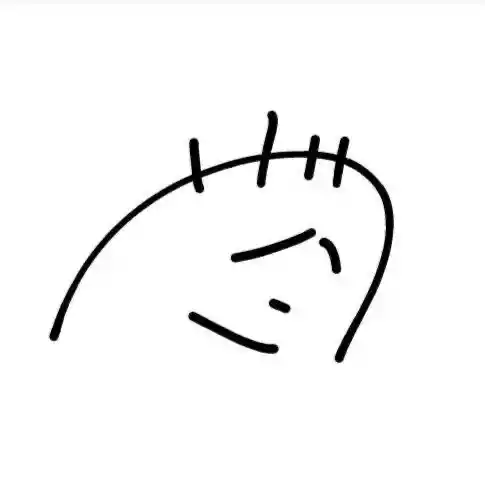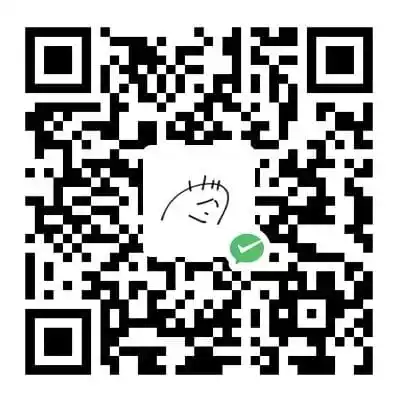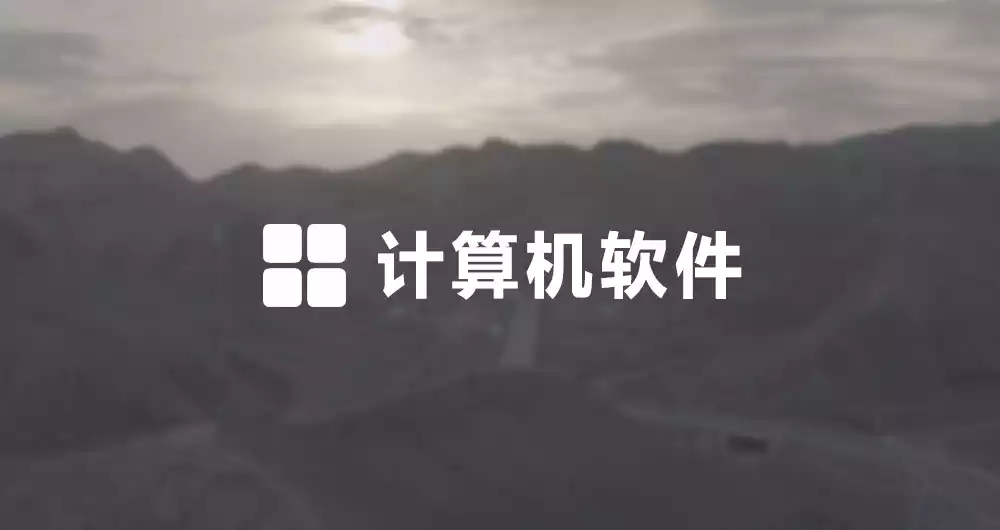疑问句

疑问句
Mxne什么是疑问句?
疑问句(Question Sentences)是一种用来询问信息或确认某些信息的句子。
疑问句包括:一般疑问句、特殊疑问句、选择疑问句和反意疑问句.
一般疑问句:
一般疑问句是指询问陈述句的真假,通常以助动词(do/does/did/can/could/will/would/may/might等)、be动词(is/am/are/was/were等)、情态动词或一些实义动词(如have/has等)作为句首形式,构成一个疑问句。
回答用yes或no
形式:助动词/情态动词/Be动词+主语+动词+其他+?
陈述句变一般疑问句
1.有助动词/情态动词/be动词
将助动词/be动词/情态动词提前(应该是同部分倒装)
It is windy today.
Is it windy today?
我们再多看几个一般疑问句的例子:
She is sad. → Is she sad?
她很难过。 → 她难过吗?
The boat is sinking. → Is the boat sinking?
船在下沉。 → 船在下沉吗?
He can bake. → Can he bake?
他会烘焙。 → 他会烘焙吗?
2.无助动词/情态动词/be动词
句首加上do或者does,注意调整时态,谓语动词变原型。(同部分倒装)
Nina plays the violin.→ Does Nina play the violin?
Nina played the violin.→ Did Nina play the violin?
Nina and Thomas play the violin.→ Do Nina and Thomas play the violin?
总结:
陈述句 改 一般疑问句,与部分倒装相同。
特殊疑问句:
特殊疑问句(wh-questions)是一种用来询问特定信息的疑问句,通常以 wh- 词(如 what、when、where、who、why)引导
以特殊疑问词开头
形式:Wh-词 + 助动词/情态动词/Be动词 + 主语 + 其他部分 + ?
这类句子用特殊疑问词来替代相应的句子成分。
1.如果特殊疑问词充当主语
对主语成分提问,包括:主语部分的名词和主语部分的形容词提问。
用疑问词代替提问主语部分(名词或形容词)的词汇,用陈述语序进行提问。
Nathan is playing basketball in the park.
Who is playing basketball in the park.
Who can answer this question? 谁能回答这个问题?
Which book is more cheap? 哪本书更便宜些?
2.特殊疑问词充当除了主语之外
对除去主语成分的其他成分提问。
先用特殊疑问词替换充当的成分(被提问的部分),将特殊疑问词提前,用一般疑问句的语序进行提问。
Nathan is playing what in the park?
然后再变换一下句子结构:
What is Nathan playing in the park?
When did you see him? 你什么时候见到他的?
Why are you late again? 你怎么又迟到了。
其他
how far 多远
答:
1.用长度单位表示:It’s+路程(+from A to B)
2.用时间表示:It’s+数字+minutes’ walk
how long 多久
答:
1.It takes sb.+时间+to do sth.
2.It’s about+时间段
how often 每隔多久,问频率
答语常用once a week, three times a month 等。
how soon 再过多久
对表示将来的一段时间提问
答语常用“in+时间段”
how many 多少
对数量进行提问
直接回答数量
选择疑问句
选择疑问句是用来询问有限的选项或选择的情况。
- 主语 + 助动词 + 选项1 + or + 选项2 + … + ?
例如:Are you going to have pizza or pasta for dinner tonight?
- 助动词/情态动词 + 主语 + 选项1 + or + 选项2 + … + ?
例如:Can you speak French or German?
- Be动词 + 主语 + 选项1 + or + 选项2 + … + ?
例如:Is today Monday or Tuesday?
- 疑问词 + 助动词/情态动词 + 主语 + 选项1 + or + 选项2 + … + ?
例如:What can I do for you today, coffee or tea?
- 疑问词 + Be动词 + 主语 + 选项1 + or + 选项2 + … + ?
例如:Which is your favorite color, blue or green?
反义疑问句
前一部分陈述句,后一部分是疑问句
疑问部分的人称、助动词、时态都应与陈述句一致
遵循:前肯后否/前否后肯(有特例)
将陈述句的助动词/情态动词(辅助作用的词)提到主语前。
与倒装句有一丢丢不同,倒装句的谓语是系动词时(只要看到助动词/情态动词/系动词 就提前),部分倒装都需要将系动词提到主语前
无视陈述句的否定,然后正常回答
常见考点
1.陈述部分主语为somebody, nobody, anybody, everybody时,反义疑问句的主语用they,有时用he。
2.陈述部分主语为something, nothing, anything, everything等表物的不定代词时,反义疑问句的主语用it。
3.陈述句部分为there be结构时,反问疑问句部分用be (not) there。在此句型中be可用live, appear, come, exist, happen, stand, lie, seem, remain, flow等替代,这时反义疑问句部分用don’t/doesn’t/didn’t there
eg:
There is a tree, isn’t there?
There seems to be something wrong with the machine, doesn’t there?
4.陈述部分带否定或半否定的词时,反问疑问句用肯定
no, seldom, hardly, never, rarely, few, little, nothing, nobody
5.陈述部分有加前缀或后缀(im…, un…, dis…)构成的表否定意义的词时,反义疑问句仍用否定
He dislikes swimming, doesn’t he?
6.陈述部分用I’am …时,疑问部分用aren’t I
I am late, aren’t I?
7.当出现可以作助动词或情态动词短语又可以做实义动词的词时,要根据句意判断
She has a bottle of milk, dosen’t she? has的主动词为do,she为三单变does
She has wasted a bottle of milk, hasn’t she?
8.祈使句
- 陈述部分 肯定祈使句,反义疑问句用 will you / will not you
Please open the door, will you?或will not you? - 陈述部分 否定祈使句,反义疑问句用 will you
Please don’t open the door, will you? - 祈使句部分为let us开头,反义疑问句为 will you
Let us go to our school, will you? - 祈使句部分为let’s开头,反义疑问句为 shall we
Let’s go to our school, shall we? - 祈使句除了let’s,其他都可以 will you
祈使句不分 前肯后否,前否后肯
9.陈述句部分是主从句
- 陈述句的 主句的主语 为 第一人称
反问疑问句和从句一致
I, we - 陈述句的 主句的主语 为 第二、三人称
反问疑问句和主句一致







